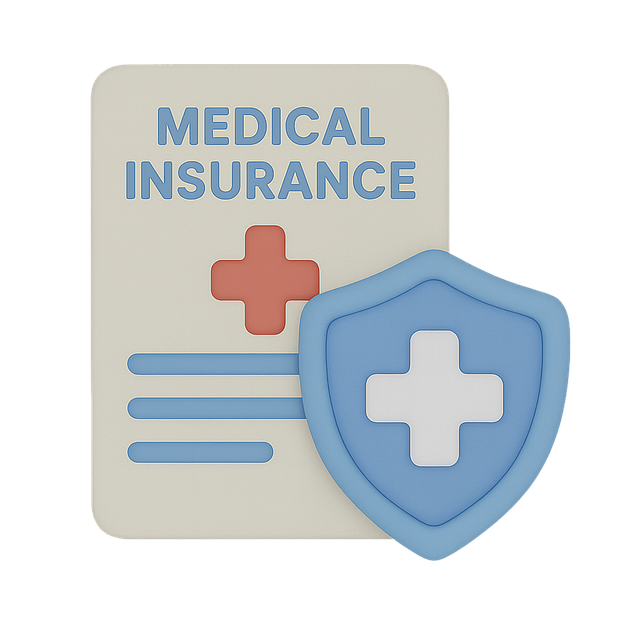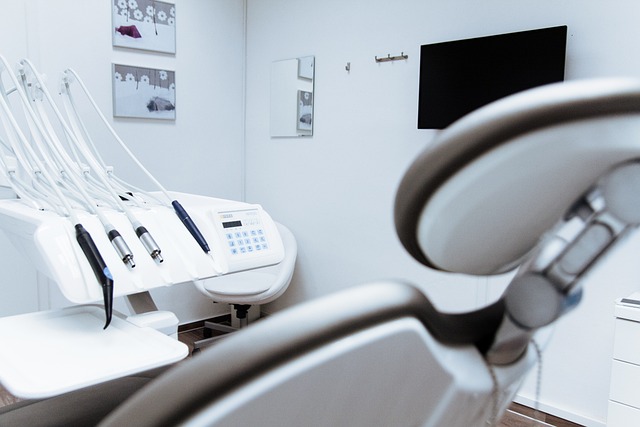Property and liability insurance are crucial components of risk management for healthcare offices, offering tailored protection against unique risks such as accidental damage, fires, natural disasters, patient safety issues, medical malpractice claims, and cyberattacks. Coverage for healthcare offices should include specialized equipment, technology, and sensitive patient records, while addressing exclusions for common healthcare-related incidents and environmental hazards. Proactive policy reviews ensure adequate protection, aligning with industry standards and legal requirements to safeguard patients and staff, and mitigate potential losses. Insurance premium rates vary based on location, crime statistics, and environmental factors, impacting the overall coverage for healthcare offices.
In the dynamic landscape of healthcare, ensuring adequate property and liability insurance is non-negotiable. This comprehensive guide explores essential aspects of coverage for healthcare offices, including understanding property insurance, navigating liability risks, and recognizing critical exclusions. We delve into strategies to customize policies, the impact of location on premium rates, and the importance of regular reviews in an ever-changing risk environment. Equip yourself with this knowledge to protect your practice and patients effectively.
- Understanding Property Insurance for Healthcare Offices
- Liability Coverage: Protecting Your Practice and Patients
- Essential Exclusions to Watch Out For
- Customizing Your Policy to Meet Unique Needs
- The Role of Location in Determining Premium Rates
- Regular Review and Updates for Changing Risk Profiles
Understanding Property Insurance for Healthcare Offices

Property insurance is a crucial aspect of risk management for healthcare offices, offering essential protection against potential losses. This type of coverage safeguards the physical assets and infrastructure of medical practices, which often include specialized equipment, technology, and sensitive patient records. Healthcare facilities face unique risks, such as accidental damage from medical equipment, fires caused by electrical malfunctions, or even natural disasters that can disrupt operations and result in significant financial losses.
A comprehensive property insurance policy tailored for healthcare offices provides reimbursement for the replacement or repair of damaged or stolen assets, ensuring business continuity. This includes coverage for buildings, fixtures, inventory, and valuable equipment like MRI machines or surgical tools. By understanding the specific needs of healthcare practices, insurers can design policies that offer adequate protection against these unique risks, giving medical professionals peace of mind and allowing them to focus on patient care.
Liability Coverage: Protecting Your Practice and Patients

Liability coverage is a crucial component of any property and liability policy for healthcare practices. As a healthcare provider, your office is responsible for ensuring patient safety and addressing any potential harm or medical malpractice claims. This coverage protects your practice from financial loss due to lawsuits or settlements resulting from accidents, injuries, or negligence on your premises.
When choosing liability coverage for healthcare offices, consider the specific risks associated with your practice. This may include general liability insurance to cover everyday risks, professional liability insurance to protect against medical errors or omissions, and even umbrella liability insurance as an additional layer of protection. These policies work together to safeguard your business, your patients, and your financial well-being in the event of unexpected incidents.
Essential Exclusions to Watch Out For

When crafting property and liability policies for healthcare offices, it’s crucial to be aware of essential exclusions that could significantly impact coverage. Many standard policies may exclude certain types of damage or incidents specific to medical practices, such as claims related to patient care, treatment errors, or contaminated environments. For instance, pollution-related liabilities, including water, soil, and air contamination, are often excluded unless specifically added as an endorsement.
Additionally, healthcare offices should look out for exclusions related to business interruption, data loss, and professional services. Coverage for healthcare offices requires careful consideration of these exclusions to ensure adequate protection against potential risks. Neglecting to address them could leave practices vulnerable during unexpected events like natural disasters, cyberattacks, or legal disputes stemming from medical negligence.
Customizing Your Policy to Meet Unique Needs

When crafting property and liability policies for healthcare practices, customization is key to ensuring adequate protection. Each medical office has its own unique set of risks and needs—from specialized equipment and sensitive patient data to potential liability issues specific to certain procedures. A one-size-fits-all approach may not adequately address these nuances.
Therefore, insurance providers offer tailored coverage options designed explicitly for healthcare offices. This customization allows practices to select policies that align precisely with their operations, providing comprehensive protection. For instance, a policy might include enhanced data privacy and cybersecurity provisions to safeguard electronic health records or specialized liability coverage for specific medical procedures known to carry unique risks. By carefully reviewing these options and consulting with insurance experts, healthcare providers can create a robust risk management strategy tailored to their practice’s distinct requirements, thereby fostering a safer environment for patients and staff alike.
The Role of Location in Determining Premium Rates

The location of a healthcare office plays a pivotal role in determining premium rates for property and liability insurance policies. Factors such as geographical risks, local crime statistics, and environmental hazards directly influence insurers’ assessments. For instance, offices situated in areas prone to natural disasters like floods or earthquakes may face higher premiums due to the potential for significant property damage and associated liabilities. Similarly, regions with high crime rates can result in increased costs, reflecting the heightened risk of theft, vandalism, or patient safety issues.
Insurers meticulously analyze these local factors because they significantly impact the likelihood and severity of claims. Healthcare offices in urban centers, characterized by dense populations and higher foot traffic, might encounter more frequent accidents or security breaches, leading to elevated coverage for healthcare offices and subsequent premium rates. Conversely, rural practices may enjoy relatively lower premiums, assuming a smaller potential risk pool despite potentially unique challenges related to emergency services accessibility.
Regular Review and Updates for Changing Risk Profiles

Healthcare practices must regularly review and update their property and liability policies to reflect evolving risk profiles. As these offices deal with sensitive patient information, medical equipment, and a constant flow of visitors, their risk landscape can change rapidly. Regular assessments ensure that coverage for healthcare offices remains adequate and relevant. This proactive approach helps protect against potential losses and ensures compliance with industry standards and legal requirements.
By conducting periodic reviews, insurance providers can identify emerging risks specific to the healthcare sector, such as data breaches, medical malpractice claims, or workplace violence. They can then adjust policy terms, limits, and deductibles accordingly, providing tailored coverage that aligns with the unique needs of each practice. This customization ensures that healthcare offices are adequately protected against the specific threats they face on a daily basis.
